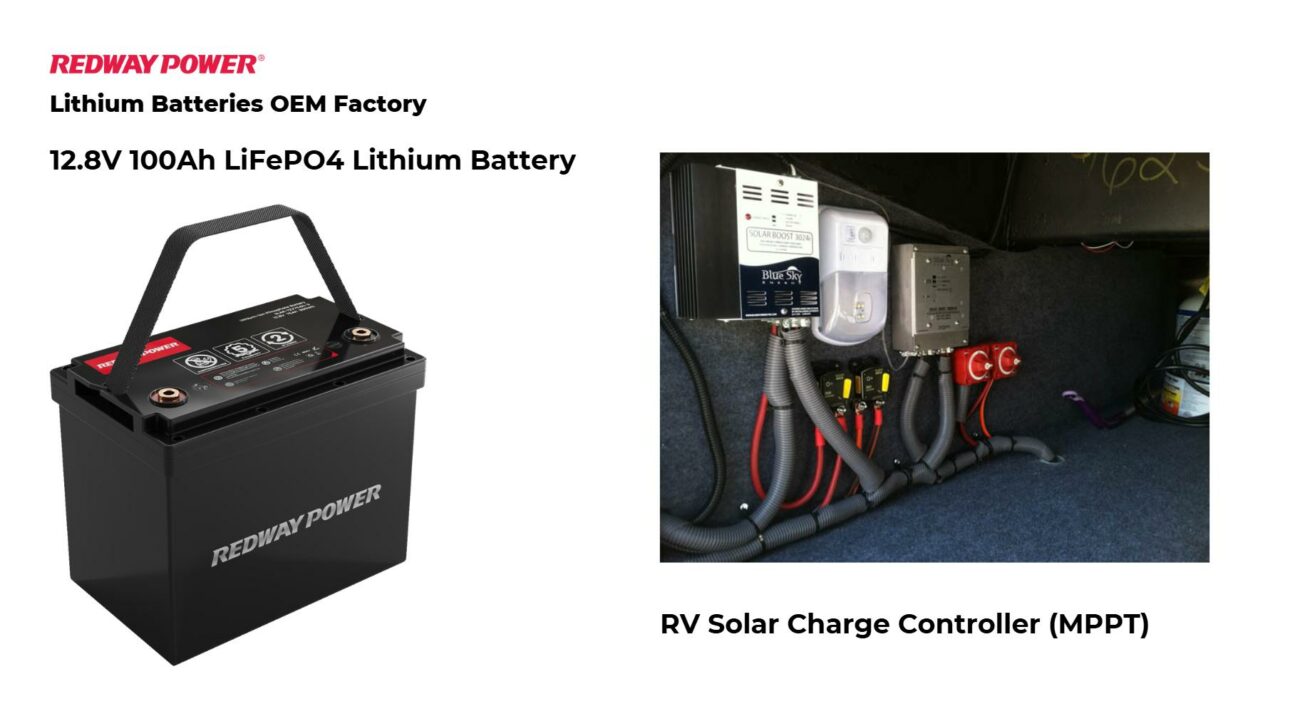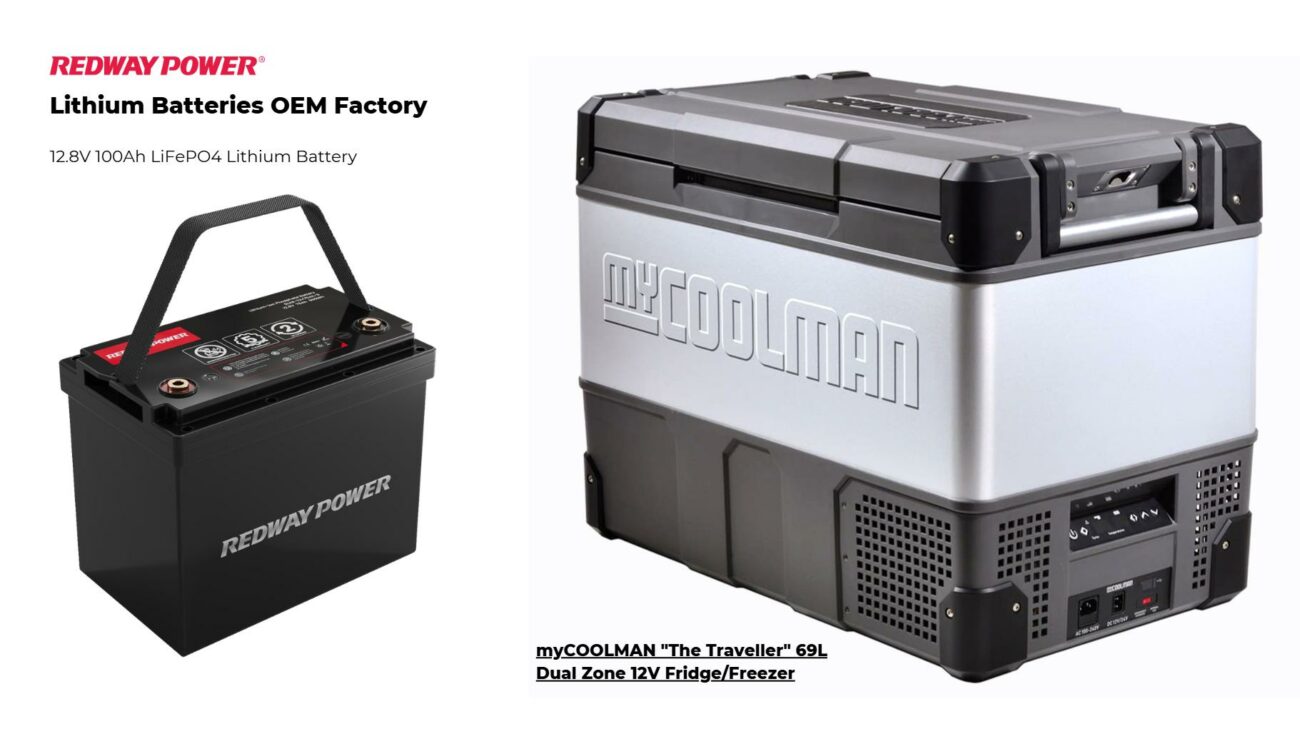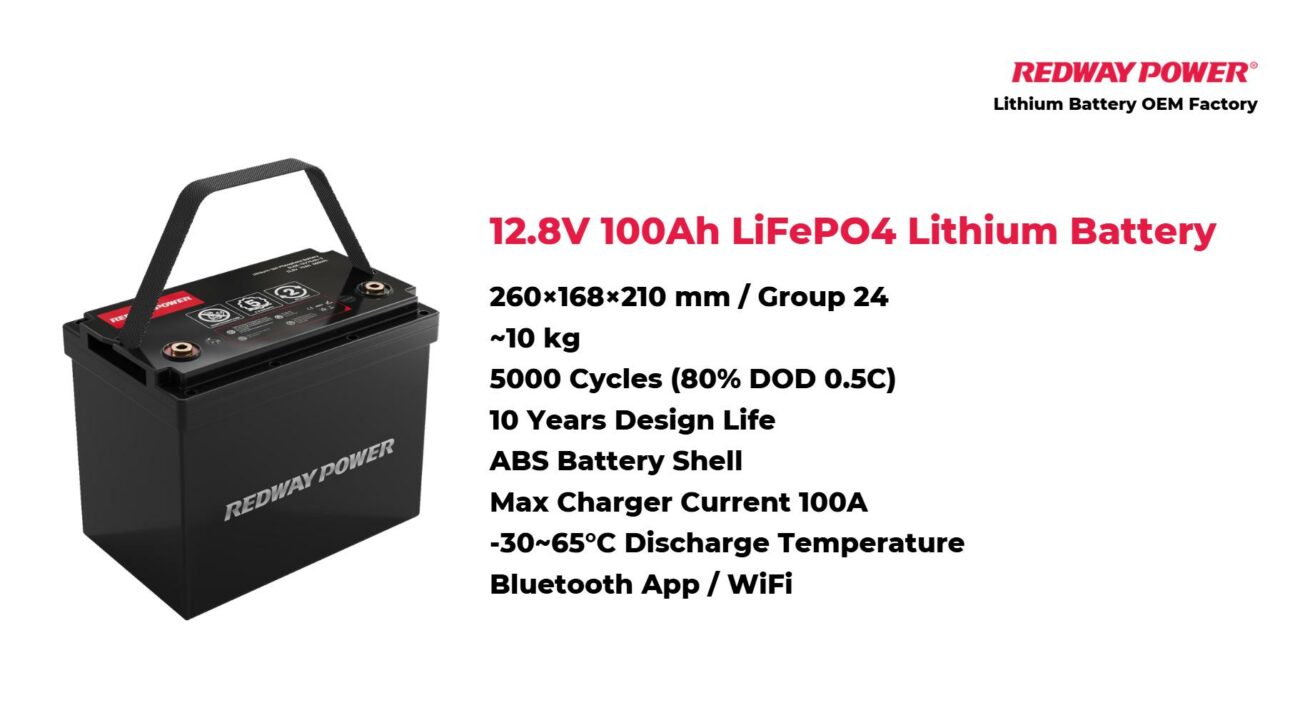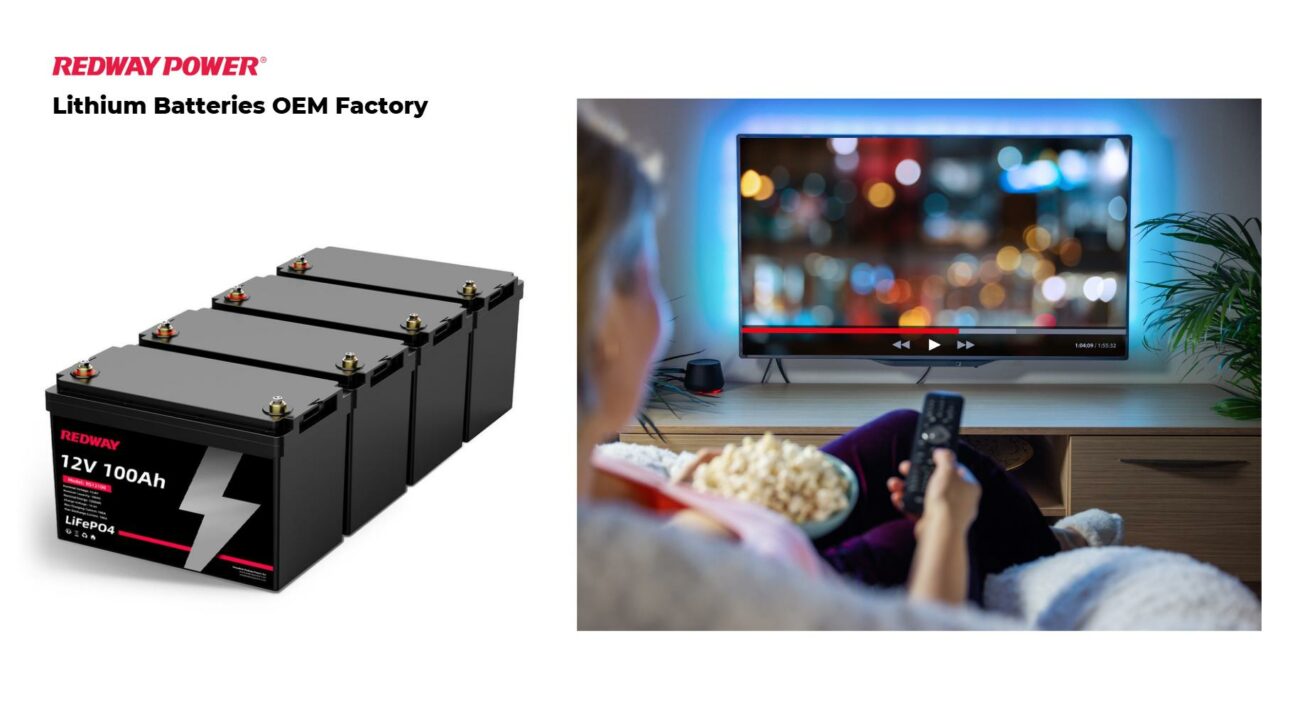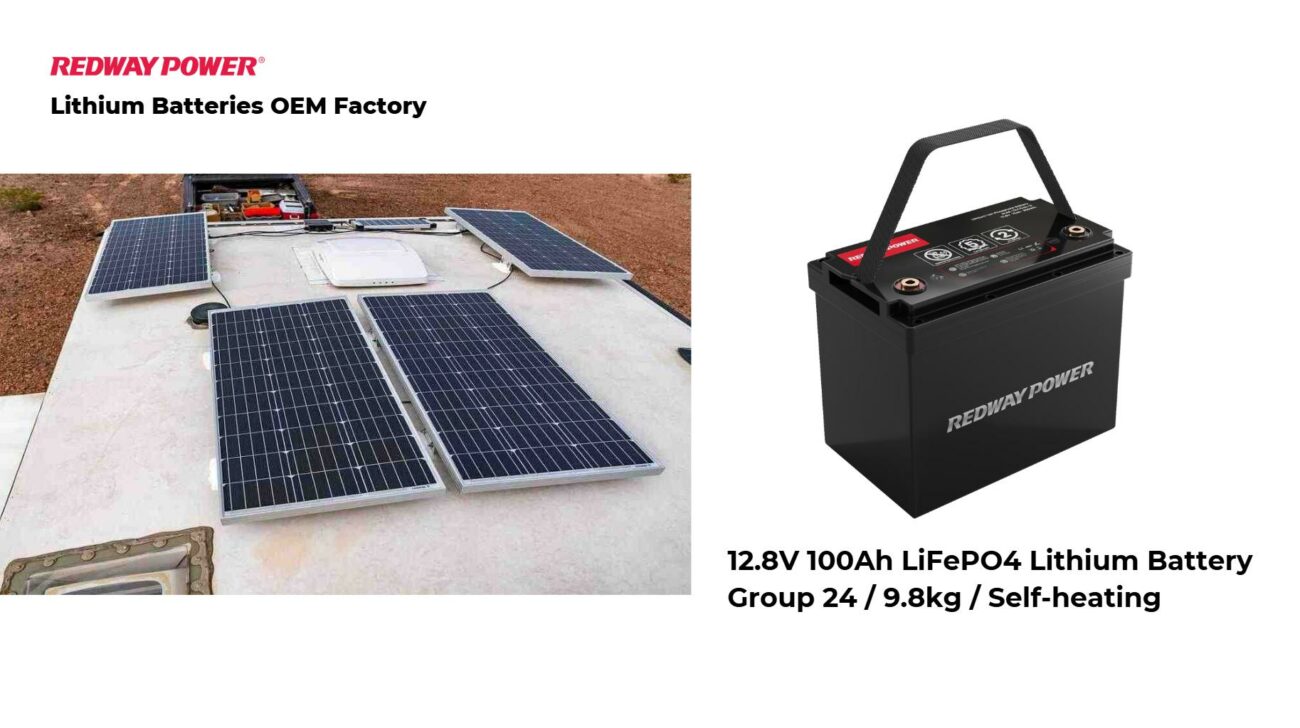The charging speed of a 400-watt solar panel is influenced by several variables, including battery capacity, panel efficiency, and weather conditions. Understanding these factors is essential for optimizing your solar energy system and ensuring maximum performance.
A 400-watt solar panel can charge a battery quickly under ideal conditions. For instance, it may take about 3 to 4 hours to charge a 100Ah battery. However, real-world factors like shading and temperature can affect charging speed, often increasing the time needed.
Factors Influencing Charging Speed
1. Battery Capacity
The battery capacity significantly affects how fast a 400-watt solar panel can charge it. Battery capacity is measured in amp-hours (Ah) or watt-hours (Wh). Larger batteries store more energy but require more time to charge. For example, a 12-volt, 100Ah battery holds 1200 watt-hours (Wh). To estimate the charging time, use the formula:
Charging Time=Battery Capacity (Wh)/Panel Power (W)×Charging Efficiency
Assuming 100% efficiency, a 1200Wh battery with a 400-watt panel would take:
1200Wh/400W=3hours
However, real-world efficiency is closer to 85%, adjusting the time to approximately 3.5 hours.
2. Solar Panel Efficiency
Solar panel efficiency, the ratio of energy output to sunlight energy input, impacts charging speed. Modern solar panels typically achieve 15-20% efficiency. A 400-watt panel at 20% efficiency converts 20% of the sunlight into usable electrical energy. Higher efficiency panels charge batteries faster.
3. Weather Conditions
Weather plays a crucial role in solar panel performance. Clear skies and direct sunlight are ideal, while cloud cover and shade reduce output. In optimal conditions, a 400-watt panel can generate its maximum power. However, even partial shading can decrease efficiency by 30-50%.
4. State of Charge (SOC)
The battery’s state of charge (SOC) at the start of charging affects the time required. A battery that is deeply discharged takes longer to charge than one that is partially depleted. Monitoring the SOC helps in planning and managing charging cycles efficiently.
Estimating Charging Time in Various Scenarios
Optimal Conditions
In perfect conditions—direct sunlight, no shading, optimal angle—a 400-watt panel can charge a typical 12-volt, 100Ah battery from 50% to 100% SOC in about 4 to 5 hours. Here’s a step-by-step breakdown:
- Calculate Energy Needed: A 12-volt, 100Ah battery at 50% SOC needs 600Wh (12V x 50Ah) to reach full charge.
- Calculate Time Required:
600Wh/400W=1.5hours
Adjusting for 85% efficiency:
1.5hours÷0.85=1.76hours
So, from 50% SOC, the battery charges in approximately 1.76 hours.
Suboptimal Conditions
In real-world scenarios, factors like cloud cover, panel tilt, and temperature can extend charging time. For example, under 50% cloud cover, the panel may produce only 200 watts:
600Wh/200W=3hours
With 85% efficiency:
3hours÷0.85=3.53hours
Thus, charging time increases to about 3.5 hours under partial cloud cover.
Maximizing Charging Efficiency
1. Optimal Placement
Positioning the solar panel to maximize sunlight exposure is crucial. Angle the panel to face the sun directly, adjusting for seasonal changes. Using a solar tracker can further optimize positioning, increasing energy capture by up to 25%.
2. Maintenance
Regular maintenance ensures panels operate at peak efficiency. Cleaning the panels to remove dust, dirt, and debris prevents energy loss. Inspect for damage and ensure all connections are secure.
3. Battery Management
Using a solar charge controller helps manage the charging process, protecting the battery from overcharging and deep discharging. MPPT (Maximum Power Point Tracking) controllers optimize the power output, especially under varying sunlight conditions.
4. Energy Storage and Usage
Consider the overall energy storage system. High-quality batteries with lower internal resistance charge more efficiently. Balancing energy usage and storage ensures a stable power supply and prolongs battery life.
Practical Applications
1. Residential Solar Systems
For residential use, a 400-watt solar panel can supplement household energy needs. Paired with a battery bank, it can power essential appliances and reduce dependency on the grid. Proper system sizing and energy management ensure efficient operation.
2. Off-Grid Living
In off-grid scenarios, a 400-watt panel is invaluable. It provides reliable power for remote locations, charging batteries for lighting, communication devices, and small appliances. Ensuring adequate storage capacity and backup systems is vital for continuous power availability.
3. Recreational Vehicles (RVs)
RVs benefit greatly from 400-watt solar panels. They provide a sustainable power source for extended trips, reducing the need for noisy generators. Efficient use of space and weight, along with portable panels, enhances the RV experience.
Conclusion
A 400-watt solar panel offers a versatile and efficient solution for various energy needs. Understanding the factors affecting charging speed and implementing best practices in system design and maintenance can significantly enhance performance. Whether for residential, off-grid, or recreational use, optimizing your solar setup ensures you harness the maximum potential of your 400-watt solar panel.






